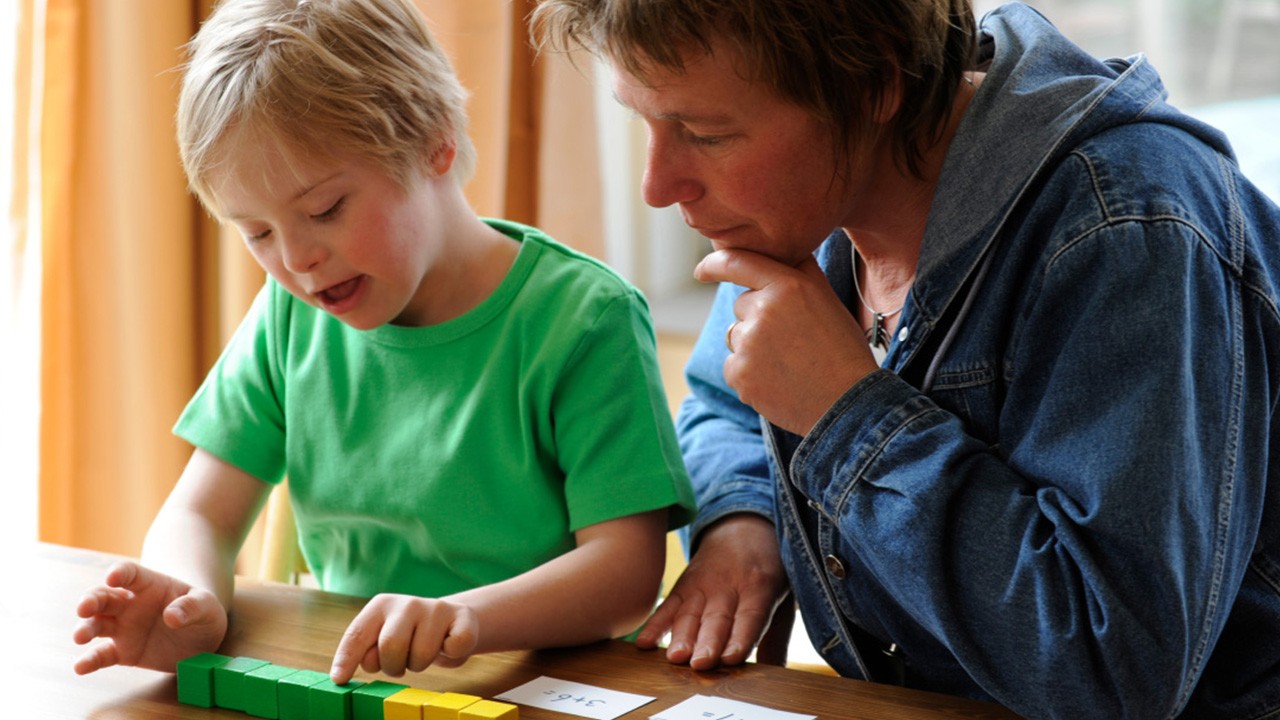What’s a PLAAFP?
Just as Individualized Education Programs (IEPs) are vital to special education services, the Present Level of Academic Achievement and Functional Performance (PLAAFP), also referred to as the Present Levels of Performance (PLOP), forms the foundation of the IEP. The PLAAFP is the springboard for developing an appropriate educational program to meet the needs of a unique learner. A PLAAFP details a student’s present levels of academic achievement, identifies strengths and weaknesses, and includes up‑to‑date data, detailed functional performance information, and input from caregivers and service providers.
Academic achievement generally refers to core content areas such as English language arts and math, while functional performance refers to abilities or activities related to daily living and vocational skills. In many cases, the PLAAFP must also include a disability impact statement that specifies how the student’s disability impacts their involvement and progress in the general education curriculum or participation in age‑appropriate activities.
How do I develop a quality PLAAFP?
Base data on multiple sources
There are numerous possibilities for data sources to include in a PLAAFP.
Several commonly used sources are listed.
- Curriculum-based measures
- Direct observations
- Student work samples
- Information from related service providers and general education teachers
- Informal, formal, and curriculum assessments
- Benchmarks
- Direct observations, including sensory, social, behavior, and transition
- Caregiver information and concerns
Identifying the student’s specific needs based on valid and reliable assessment data, including formal and informal assessments, supports the development of appropriate annual goals and short‑term objectives. Viewing the PLAAFP statement as a baseline of a learner’s performance results in more effective and measurable programming to address the student’s disabilities and demonstrates that the IEP resulted in meaningful educational benefits.
Use understandable language
The PLAAFP statement should be written using family-friendly language rather than professional terminology, jargon, or educational acronyms. Reporting academic data can be confusing for team members unfamiliar with educational assessment and its implications for programming. It is essential to communicate this information in ways that engage families and support a shared understanding of the student’s strengths and needs.
Strengthen PLAAFPs with collaboration
Because the PLAAFP serves as a baseline of student performance in the IEP, collaboration is imperative when writing the PLAAFP statement. Voices of caregivers, general education teachers, and related service providers must be included when writing a comprehensive PLAAFP statement.
Each member of the IEP team plays a critical role in developing an accurate and holistic PLAAFP that provides a comprehensive view of the learner incorporating academic, social, sensory, behavioral, healthcare, motor, independent function, and transitional needs. The goal is for students to learn the skills they need and apply them in varied settings and with individuals in their daily lives, in and outside school.
Identify student needs
Every learner’s specific needs differ, and the IEP should reflect those needs. Important topics to address in the PLAAFP statement may include the following areas.
- Academic
- Social
- Mobility
- Visual
- Auditory
- Sensory
- Vocational
- Transition
- Daily living
- Self-help skills
- Communication
- Behavior
- Independent functioning
Pinpoint corresponding, clear goals in the IEP
Once the team has determined the student would benefit from special education services and/or support for areas identified in the PLAAFP statement, corresponding annual goals must be developed for these areas. Teams should be cautious in the development of annual goals to ensure that goals are written only for areas of need accounted for in the PLAAFP.
For example, if the team agrees that reading comprehension is an area of need, there should be an annual goal to address it. As part of the IEP process, and to avoid discrepancies, it is important to cross-reference the goals and PLAAFP to be sure they are consistent.
Solutions to help you write comprehensive PLAAFPs
Unique Learning System supports specially designed instruction, ongoing assessments, instructional resources aligned with extended standards, and real‑time data to ensure PLAAFP statements are detailed and individualized. This powerful information pairs seamlessly with Polaris, which guides IEP teams step-by-step through the process of creating the core components of a PLAAFP. Plus, Polaris allows IEP teams to easily evaluate the effectiveness of Unique Learning System in helping students reach their goals.
Why it matters
Investing the time to write a comprehensive PLAAFP statement that includes input from all members of the IEP team is imperative to informing goal creation, determining service delivery, delivering specially designed instruction, and monitoring student progress. Combined, they help a student achieve their greatest potential.


